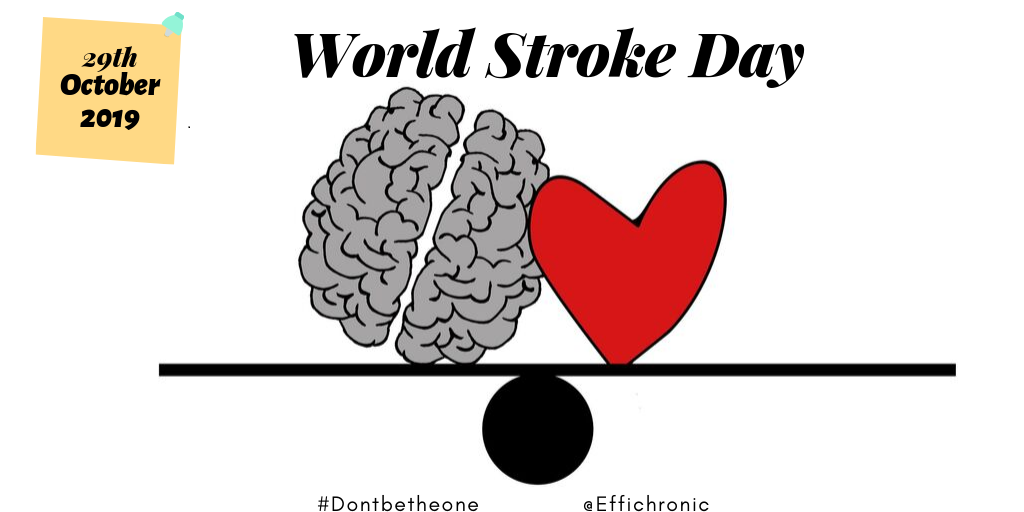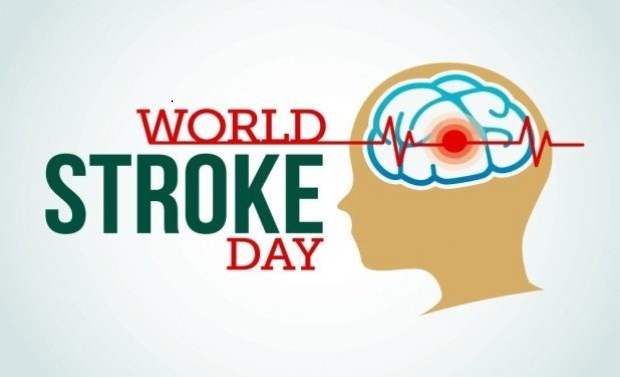A stroke occurs when a blood vessel in the brain ruptures and bleeds, or when there’s a blockage in the blood supply to the brain. The rupture or blockage prevents blood and oxygen from reaching the brain’s tissues
Bhubaneswar: Stroke has been and continues to be a widespread disease worldwide. It is currently the single largest cause of disability and the second largest cause of death globally. The individual lifetime risk of stroke is currently one in four persons, which was earlier one in every six.
This year 14.5 million people may have a stroke and 5.5 million may die from it.
Stroke is the fourth-leading cause of death in US women. Women have a higher lifetime risk of having a stroke than men. While some stroke signs are the same in women and men, some are more common in women.
In order to create awareness on stroke, every year October 29, the World Stroke Organization celebrates ‘World Stroke Day.’ The objective of the campaign is to put the fight against stroke front and center on the global health agenda. Earlier, the ‘1 in 6’ theme was selected to highlight the fact that in today’s world, one in six people worldwide will have a stroke in their lifetime; which as mentioned above is now one in four. Everyone is at risk and the situation could worsen with complacency and inaction.
Orissa POST interacted with city-based neurologist Dr Antaryami Nanda to learn more about the ailment.
“The ‘World Stroke Day’ is organised across the world with an aim to ‘Cut Stroke in Half’ by creating public awareness and community participation,” said Dr Nanda from Apollo Hospitals here. The knowledge regarding stroke and spotting it early can reduce the risk factor, he informed.

The loss of blood flow to the brain damages tissues within the brain. Symptoms of a stroke show up in the body parts controlled by the damaged areas of the brain. The sooner a person having a stroke gets care, the better their outcome is likely to be.
“Given this a large-scale neurological problem, we must know that there is always a 90 per cent chance to prevent the stroke with avoidance of the stroke-risk factors. The common tag line is— ‘Stroke is treatable and preventable, and act early as time lost is brain lost,’” he concluded.
STROKE SYMPTOMS CAN INCLUDE:
paralysis
- numbness or weakness in the arm, face, and leg, especially on one side of the body
- trouble speaking or understanding speech
- confusion
- slurring speech
- vision problems, such as trouble seeing in one or both eyes with vision blackened or blurred, or double vision
- trouble walking
- loss of balance or coordination
- dizziness
- severe, sudden headache with an unknown cause
Strokes fall into three main categories: transient ischemic attack (TIA), ischemic stroke, and hemorrhagic stroke. These categories are further broken down into other types of strokes, including: embolic stroke, thrombotic stroke, intracerebral stroke and subarachnoid stroke.
